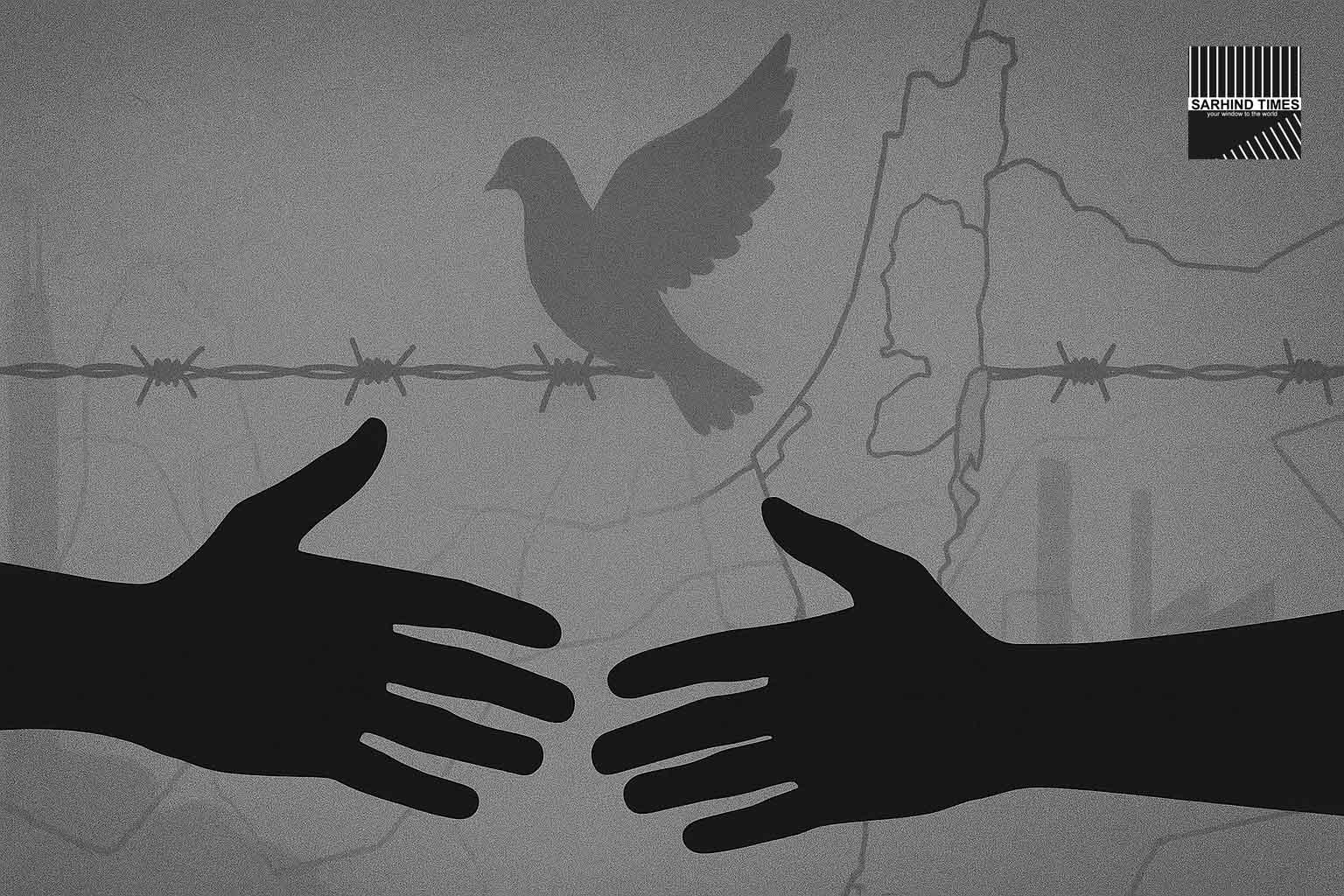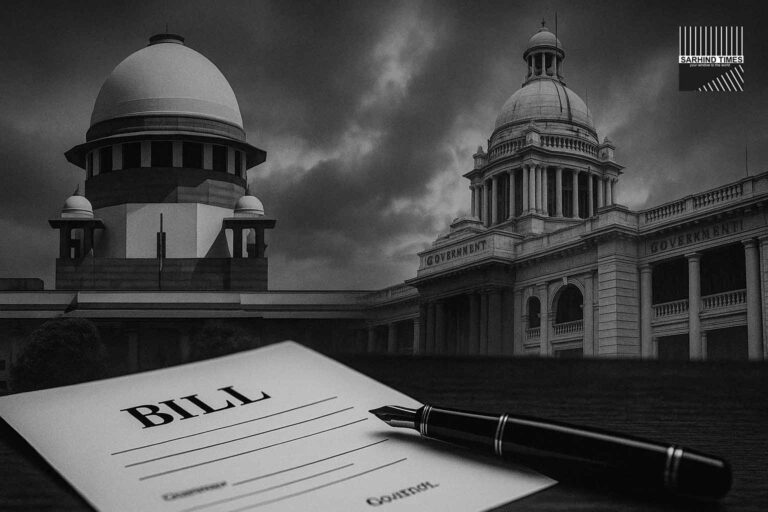New Delhi / Jerusalem / Gaza, October 12, 2025 — In a dramatic turn in the long and deadly Israel–Gaza conflict, Hamas officials have announced that the release of the first set of Israeli hostages held in the Gaza Strip is expected to begin on Monday morning, under a U.S.-brokered ceasefire and prisoner exchange framework. Reciprocal releases of Palestinian detainees by Israel are also anticipated. The development comes as global diplomatic momentum picks up ahead of a proposed Gaza peace summit.
The announcement raises hopes for a temporary de-escalation, though analysts warn that implementation risks and verification mechanisms remain critical pitfalls. India has called for humanitarian corridors and urged all parties to prioritize civilian safety, mindful of its substantial diaspora in the region and the broader economic spillovers in energy, maritime, and geopolitical risk.
This moment marks a possible inflection point — one fraught with both hope and uncertainty — in a conflict that has persisted for more than two years, exacting massive human cost and regional instability.
Terms of the Ceasefire & Hostage Exchange: What’s Known So Far
The Framework & Roles of Mediators
- The agreement is part of a 20-point or multi-phase peace plan proposed by the U.S. and mediated by players including Egypt, Qatar, Turkey, and others.
- Israel’s security cabinet has approved the ceasefire plan, which includes phases of hostages being released in exchange for Palestinian prisoners held in Israeli jails.
- Under the plan, Israel will withdraw troops from certain urban sectors, while maintaining control over strategic zones, to allow for stabilization and to ensure that hostages can be exchanged.
- Hamas has accepted the agreement, affirming that they will proceed with the release under the terms mapped out.
- However, key issues remain unresolved: disarmament of Hamas, post-war governance in Gaza, verification of all releases (including bodies of deceased hostages), and ensuring compliance and non-backsliding.
Hostage & Prisoner Exchanges: Scale & Timing
- Reports suggest that 48 hostages are expected to be released first, many of them Israeli nationals.
- In exchange, Israel will release thousands of Palestinian detainees (some reports cite around 2,000), including women, minors, and others held since the beginning of the conflict.
- It is understood that both the living hostages and bodies of the deceased will be transferred under Red Cross or third-party oversight, ensuring proper identification and transit.
- The exchange is planned to happen in phases rather than all at once, possibly over 72 hours or more, to allow for necessary verification and logistics.
Verification, Supervision & Security Guarantees
- Crucial to the deal’s success is a robust verification mechanism — lists of hostages and prisoners must be shared in advance, identities confirmed, and transit corridors secured.
- External monitors (e.g., international organizations, the ICRC) are expected to play roles in overseeing transfers, cross-checking identities, and ensuring no party reneges.
- Ceasefire violations by either side or delays in meeting obligations could unravel the entire agreement. Many past ceasefires have faltered for precisely this reason.
- Israel retains some operational posture to maintain security in sensitive zones to guard against terrorist infiltration or recapture risks.
Regional & Global Reactions & Stakes
Israel, Palestinian Actors & Hamas Perspective
- Israeli leadership views the deal as a moral necessity to bring home hostages, yet also insists on terms that degrade Hamas’s capacity or autonomy.
- For Hamas, agreeing to a release is a tactical gamble: they must preserve leverage while responding to internal pressure and humanitarian crises in Gaza. Their refusal to fully disarm remains a nonnegotiable red line.
- The Palestinian Authority, other factions, and Arab nations will be closely watching whether the ceasefire solidifies or remains fragile.
- Some parties question whether the deal will meaningfully shift the balance or remain a temporary lull in a longer conflict.
Indian Diplomatic & Strategic Angle
- India has emphasized that humanitarian corridors, protection of civilians, and de-escalation must remain paramount.
- Given India’s sizeable diaspora and nationals in Israel, Gaza, and the broader Middle East, the government closely monitors safety, evacuation contingencies, and diplomatic sensitivity.
- Economically, stability in the Middle East influences crude oil markets, shipping lanes, global supply chains, and risk premia. A sustained peace or even partial détente could ease energy pressures and shipping costs.
- India may also see increased diplomatic engagement with mediating countries (Egypt, Qatar, U.S.) and potentially offer humanitarian or reconstruction support.
International Community & Diplomacy
- Nations including the U.S., Egypt, Qatar, Turkey, and European powers have hailed the agreement as the most serious step yet toward de-escalation.
- The upcoming Gaza peace summit in Egypt is expected to convene over 20 heads of state and governments to push a longer-term political settlement.
- The UN, humanitarian agencies, and aid organizations will push for unfettered access to Gaza, removal of blockades, reconstruction support, and measures to prevent future escalations.
- Global markets, especially energy and shipping, monitor this closely. Any easing in risk perceptions could moderate crude oil price volatility and transportation insurance costs.
Challenges & Risks Ahead
Implementation & Compliance Uncertainty
- Past ceasefires and prisoner deals have broken down due to delays, mismatches in lists, or violation claims. The precision and trust in execution will be tested almost immediately.
- Disputes over verifying identities, physical conditions (especially for damaged or deceased hostages), and proper transit may become flashpoints.
- Local militants or actors dissatisfied with direction could attempt rogue attacks, undermining the broader ceasefire momentum.
Fragile Ceasefire & Renewed Hostilities
- Either side could claim violations and resume hostilities. The momentary lull may not translate into lasting peace.
- The terms of Israeli withdrawal and Hamas’s continued presence or modifications to its military posture remain unresolved, and could be triggers for renewed conflict.
- The internal politics of Israel (hardline factions pushing continuation of military action) or Hamas (pressure from militant wings) may disrupt consensus.
Humanitarian & Reconstruction Gaps
- Even with a ceasefire, Gaza faces catastrophic damage: infrastructure destroyed, food and water scarcity, medical system collapse, mass displacement. Rebuilding will require immense resources, coordination, and political will.
- Aid flow, reconstruction governance, demining, rubble clearance, and restoring utilities will be monumental challenges.
- If peace treaties or political transitions stall, the vacuum may invite radicalization, security vacuums, or inflow of external influence.
Political & Geopolitical Dynamics
- The Palestinian question, recognition of statehood, exploitation by external powers (e.g. Iran, regional Arab states) will continue to influence the post-ceasefire terrain.
- Israel will push for guarantees on disarmament, demilitarization, and security safeguards.
- Powers such as Turkey, Iran, Saudi Arabia may leverage their influence to shape outcomes.
- Domestic politics in Israel, the U.S., and participating Arab states may shift support or pressure unpredictably.
What to Watch: Milestones & Indicators
- First Hostage Transfers
- How smoothly the Monday exchange occurs—timing, integrity, observer presence, transit routes.
- Reciprocal Releases by Israel
- Whether Israel begins timely release of Palestinian detainees. Delays or unevenness may cause friction.
- Ceasefire Integrity
- Incidents of fire, shelling, infiltration, or violations must remain extremely low early on to sustain trust.
- Summit Outcomes & Declarations
- Whether the Gaza peace summit yields binding political roadmaps, reconstruction commitments, and governance agreements.
- Humanitarian Access & Reconstruction Start
- Progress in allowing aid, restoring power/water infrastructure, and enabling displaced populations to return.
- Political & Security Guarantees
- Whether mechanisms for security oversight, demilitarization, or international monitors are agreed upon.
- Conflict Spillovers
- Risk escalation in adjacent regions: West Bank tensions, Lebanon, Iran, or maritime chokepoint disturbances.
- Media & Public Response
- Reaction from families of hostages, public sentiment in Israel, Gaza, and Arab nations — whether the deal is seen as credible or insufficient.
Conclusion: A Moment of Tentative Hope, But Precarious
The pledge by Hamas to begin releasing Israeli hostages on Monday under a newly agreed ceasefire framework is among the most consequential diplomatic steps in the Israel–Gaza conflict in recent months. For families, it harbors possibility of reunion; for regional diplomacy, a window for détente; for civilians, a chance to breathe amid decades of suffering.
Yet hope must be tempered by realism: the path ahead is narrow and fraught with peril. Ceasefire agreements have in past collapsed under the weight of suspicion, tactical missteps, and political pressure. The true test will lie not in the first exchange, but in whether all participating parties adhere to their commitments, manage verification rigorously, and translate the temporary lull into sustained peace.
For India and the world alike, the stakes go beyond symbolism. Stability in the Middle East affects energy markets, global trade, security alliances, and humanitarian norms. The next few days will be pivotal — not just for hostages, but for the broader possibility of ending a heart-rending chapter in Israel–Gaza relations.
#Gaza #Hostages #Ceasefire #MiddleEast #Diplomacy #IndiaViews























+ There are no comments
Add yours